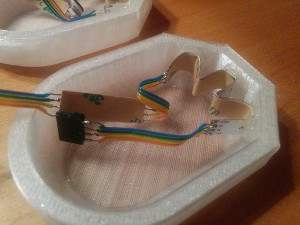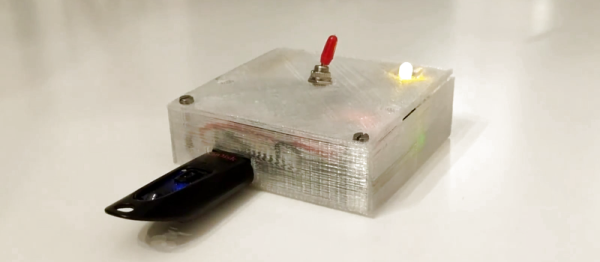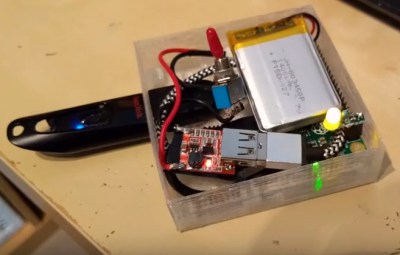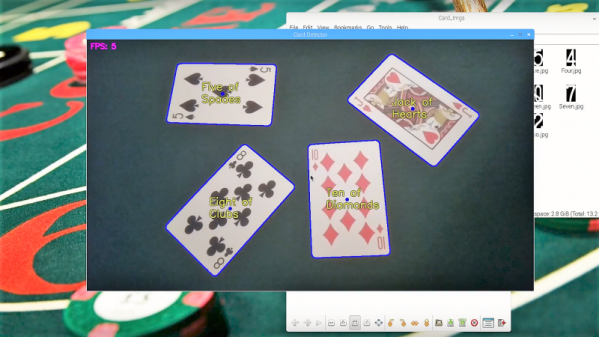The Ursa Major Space Station SST282 is a dinosaur of a digital reverb. Okay, so maybe 1978 isn’t ancient yet, but it is getting to the point where one has to worry about the possibility of component failure. At least that’s what [Obsoletetechnology] thought when they created a backup of its memory contents.
As can be seen from some of Hackaday’s previous articles, a part does not have to be an older one to fail. However, there is no such thing as being too paranoid when it comes to older parts reaching their lifetime. Especially when there is valuable memory involved. Each bit of PROM memory is locked by a fuse on its location grid to store permanent data. To be able to read this and collect the respective data, a Raspberry Pi 3 PROM reader was created.
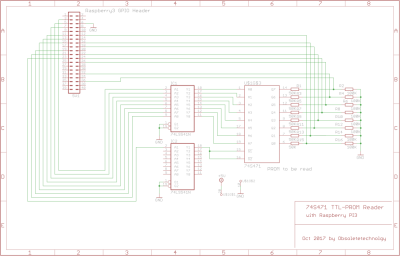
The SST282 uses 3 TTL-level 74xx series Schottky PROM memories on board that hold RAM lookup tables. In the case that these failed, all of the subsequent information would be lost since there are no surviving memory dumps online. Fortunately we are interested only in gathering their contents, so the PROM reader schematic is fairly rudimentary. The chip’s address and data buses connect to a Pi’s GPIO header, and the only other thing to note is a 74LS541 TTL level shifter that converts the Pi’s 3.3V output to the PROM’s 5V TTL level.
Continue reading “Blast From The Past With Space Station PROM Reader”




